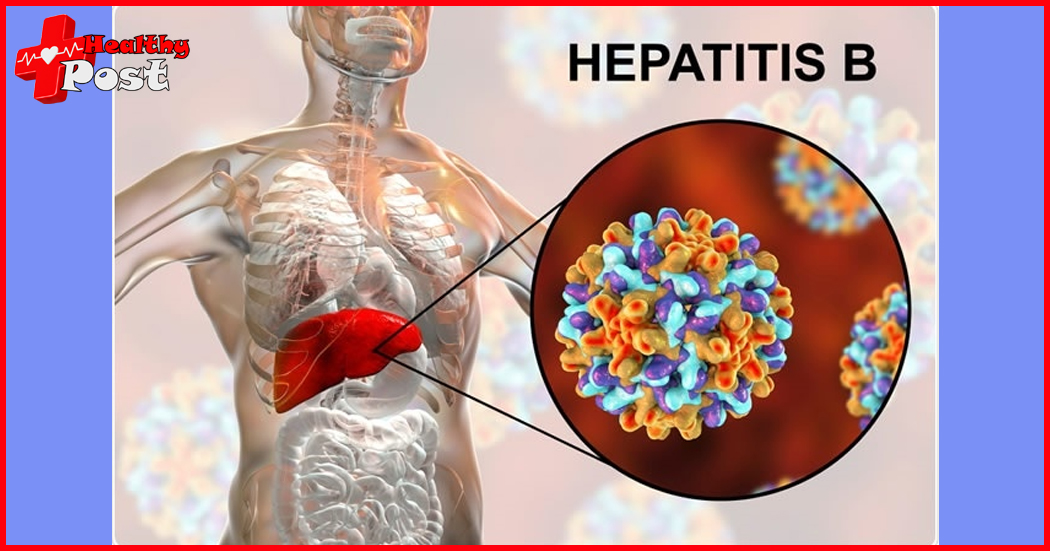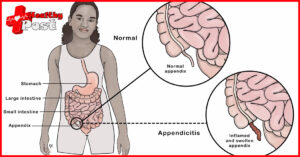
How far is it from hepatitis B to liver cancer?
Hepatitis B – cirrhosis – liver cancer is the trilogy of hepatitis that we are familiar with. Many patients with hepatitis B will sadly think that they will get liver cancer in the future and will be passive in treatment. But is hepatitis B really easy to develop into liver cancer?
How long does it take for hepatitis B to evolve into liver cancer?
It is an indisputable fact that hepatitis B virus is an important killer in liver cancer. Epidemiological experts have long discovered that most areas where hepatitis B is endemic also have a high incidence of liver cancer.
Studying the blood of liver cancer patients, it was found that 95% had evidence of hepatitis B virus infection and about 10% had evidence of hepatitis C virus infection. Some of the patients were infected with two hepatitis viruses at the same time (while hepatitis A and hepatitis E rarely have hepatitis B virus infection). cirrhosis, liver cancer).
How long does it take for hepatitis B to turn into liver cancer? There are currently different opinions in the medical community. Data vary slightly due to factors such as region and race. Generally speaking, 10% to 30% of patients with chronic hepatitis B develop cirrhosis over at least 5-10 years. In cirrhosis, there are also 5-10% develop into liver cancer after at least 5-10 years. Some patients develop cirrhosis and liver cancer simultaneously. It can be seen that only a small number of hepatitis B patients eventually develop liver cancer.

What are the high-risk factors for liver cancer?
Gender: Males are higher than females, the male to female ratio is about 3:1
Age: Older people are younger than younger people, and the highest incidence age is 45-55 years old
Drinking history: Alcoholics are significantly more likely than non-drinkers
Regular intake of carcinogens: especially aflatoxin
Combined with other hepatitis virus infections: hepatitis C, hepatitis D virus
Ongoing liver inflammatory activity: recurrent elevations in alanine aminotransferase (ALT)
Sustained high level of virus: HbeAg positivity and high level of HBV DNA (DNA>20000IU/ml)
In addition, bad emotions and family history of liver cancer are also related factors to the occurrence of liver cancer.
Rational use of antiviral drugs
Hepatitis B is a war that takes place in the liver, that is, a battle between the hepatitis B virus and human immune cells; chronic hepatitis is such a tug-of-war between you and me. Long-term war causes repeated inflammation and necrosis of liver tissue, and the liver is repairing itself. Fibrosis continues during the process, and finally cirrhosis gradually forms, and some patients further develop into liver cancer.
It can be see that in order to avoid the malignant transmission chain of “hepatitis B-cirrhosis-liver cancer”. We must first control the development of hepatitis and inhibit the massive replication of hepatitis B virus. Therefore, anti-hepatitis B virus treatment for patients with chronic hepatitis B is undoubtedly the most critical treatment at present. means.
Although the anti-hepatitis B virus drugs currently used can only suppress its spread. However, the use of antiviral drugs to inhibit viruses can reduce liver tissue inflammation, prevent and reduce liver fibrosis, inhibit these cancer-promoting factors, and also prevent liver cancer.

Fighting liver cancer starts with preventing hepatitis
At present, hepatitis B vaccine has been widely use and has been list as an important part of the children’s immunization.
If hepatitis can be prevented, the incidence of liver cancer will certainly be reduced to a certain extent. It should be emphasize that the protection rate of hepatitis vaccination is 90-95%, but it may not be effective for a small number of people. After vaccination with hepatitis B vaccine, hepatitis virus surface antibodies must be produced, and the surface antibody titer must reach above 10 IU/ml to prevent hepatitis B infection. Hepatitis antibody titers also decrease over time.
Therefore, people who have been vaccinated against hepatitis still need to have regular physical examinations and screen for hepatitis B.

Regular physical examinations to detect signs of cancer early
For people with hepatitis B, the purpose of regular physical examinations is to find out the status of the hepatitis virus in their bodies, whether it is replicating, whether it is high or low, and whether there is any infection.
If liver function damage and cirrhosis occur, early micro primary liver cancer can also be found, and it can also be determined whether antiviral treatment is needed.
People with a history of hepatitis or HBsAg-positive people, natural populations in areas with a high incidence of liver cancer. And people at high risk of liver cancer such as those with a family history of liver cancer should have a physical examination every 6 months. That including liver function, HBV DNA, alpha-fetoprotein, and liver ultrasound. If active hepatitis, cirrhosis changes, or liver cancer are found, active treatment should be carried out.
Serum alpha-fetoprotein detection and liver ultrasound examination are currently cost-effective and effective early liver cancer screening methods.
If you want to escape the fate of liver cancer, don’t forget to take good care of your liver.
1. Pay attention to food hygiene: improve the quality of drinking water, resolutely avoid eating expired moldy food and try to eat less pickled, smoked and grilled food. These foods contain harmful factors such as aflatoxin and nitrosamines, which can damage the liver.
2. Don’t drink or drink less: to avoid alcoholic hepatitis and damage to the detoxification function of the liver. Alcohol is the biggest risk factor for hepatitis patients to transform into cirrhosis and liver cancer. It is reported that the cancer rate of hepatitis patients who drink alcohol is three times higher than that of non-drinkers. It can be seen that tobacco and alcohol are very harmful to hepatitis patients.
3. Prevent excessive fat intake: Strengthen physical exercise to avoid the occurrence of liver cancer risk factors such as fatty liver and diabetes.
4. Keep a reasonable schedule and don’t stay up late: Fatigue is the root of all diseases. Overwork can lead to illness. Long-term fatigue, especially staying up late, is not conducive to the rest and self-repair of the liver.
5. Increase the intake of fruits and vegetables: The free radical scavengers contained in them can effectively prevent liver cancer.
6. Be happy and not angry: Anger hurts the liver, and bad emotions can also cause great damage to the liver.


5 thoughts on “How far is it from hepatitis B to liver cancer?”